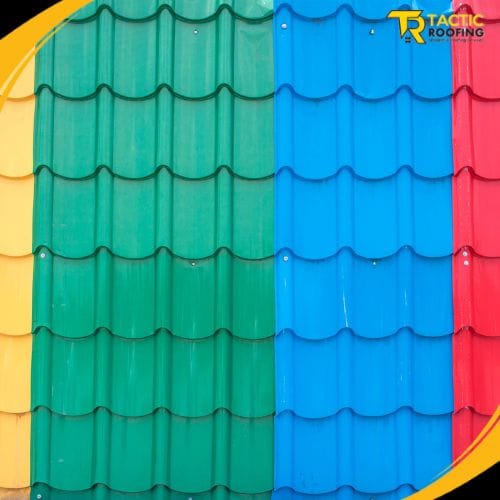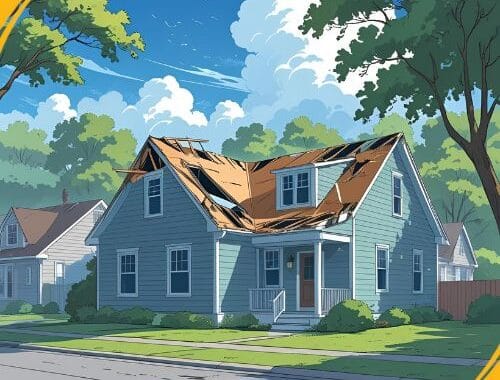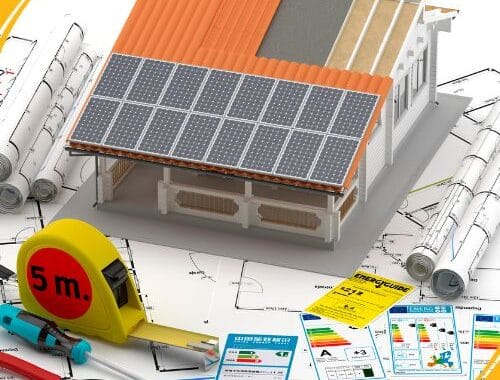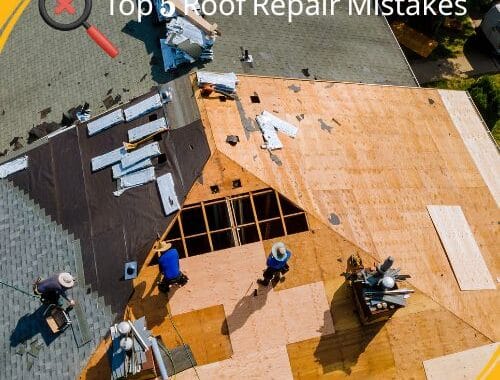Selecting the right color for your roof is a crucial decision that can significantly impact your home’s curb appeal and overall design. The roof is not only a protective element of your house but also a defining feature that contributes to its aesthetic value. In this comprehensive guide, we’ll discuss popular roof colors, the impact of color on energy efficiency, and how to coordinate your roof color with your home’s exterior. By the end, you’ll have the knowledge to make an informed choice that enhances your home’s beauty and efficiency.
Understanding the Importance of Roof Color
The color of your roof can dramatically alter the overall appearance of your home. A well-chosen roof color can complement your home’s design, increase its market value, and even improve energy efficiency. When making your decision, consider the following factors:
- Curb Appeal: Your roof is one of the first things people notice about your home. A color that complements your exterior can create a harmonious look.
- Energy Efficiency: Certain roof colors can reflect heat better than others, contributing to lower cooling costs during the summer months.
- Local Climate: Depending on your location, specific colors may be more practical than others due to weather conditions.
Popular Roof Colors
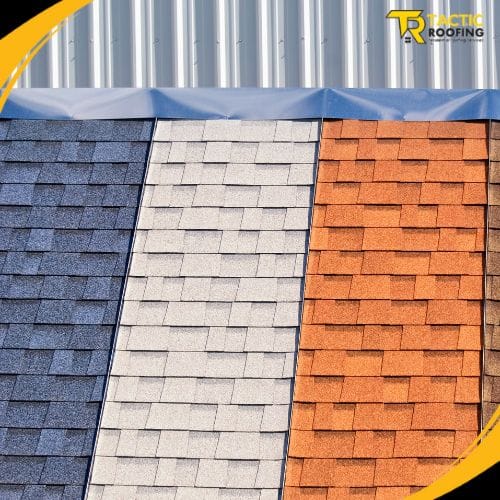
When selecting a roof color, it’s essential to consider current trends and classic choices. Here are some popular roof colors that homeowners often choose:
1. Black
Black roofs are a timeless choice that conveys elegance and sophistication. They work well with various architectural styles, from traditional to modern. However, keep in mind that black roofs absorb heat, which may lead to higher cooling costs in warm climates.
2. Gray
Gray is a versatile and neutral color that pairs beautifully with many home exteriors. From light to dark shades, gray can evoke a sense of modernity while still being classic. It also helps hide dirt and debris, making maintenance easier.
3. Brown
Brown roofs can create a warm and inviting look, especially when paired with earthy tones in your home’s exterior. This color is particularly popular in homes designed in a rustic or traditional style. Different shades of brown can be chosen to enhance specific architectural features.
4. Red
Red roofs can add a vibrant touch to your home, making it stand out in the neighborhood. This color is often associated with Mediterranean and colonial-style homes. If you choose a red roof, ensure it complements your home’s exterior colors.
5. Green
Green roofs can blend seamlessly with natural surroundings, making them a great choice for homes near forests or gardens. Lighter shades of green can be refreshing and calming, while darker greens offer a more traditional look.
6. Blue
Blue roofs are a less common but increasingly popular choice. They can create a coastal feel, particularly for beach houses and seaside cottages. Light blues can evoke a sense of tranquility, while darker shades add depth.
7. White
White roofs reflect sunlight, making them an excellent choice for energy efficiency. They are commonly used in warmer climates, helping to keep homes cooler. White can also give a clean, crisp look to your home’s exterior.
The Impact of Roof Color on Energy Efficiency
When considering the color of your roof, it’s essential to think about how it can affect energy efficiency. The Reflectance Index measures how well a surface reflects solar energy. Here’s how different colors perform:
- Light Colors: Roofs painted in light colors like white, light gray, or beige tend to reflect more sunlight, which can help keep your home cooler and reduce energy costs, especially in warmer climates. These colors are particularly beneficial for homes in sunny areas.
- Dark Colors: While dark colors absorb heat, they may be less efficient in reflecting sunlight. However, they can be advantageous in cooler climates where additional warmth is needed. If you live in a colder region, a darker roof can help reduce heating costs in winter.
Choosing energy-efficient roof colors is not only good for the environment but also beneficial for your wallet. With rising energy costs, making a smart choice in roof color can lead to long-term savings.
Coordinating Roof Colors with House Colors
Selecting a roof color that complements your home’s exterior is essential for achieving a cohesive look. Here are some tips for coordinating roof colors with house colors:
1. Consider the Architectural Style
Different architectural styles call for different roof colors. For instance, a traditional colonial home may look best with classic colors like gray or brown, while a modern home may benefit from bold choices like black or blue.
2. Use the Color Wheel
Understanding color theory can help you choose complementary colors for your roof and home. Consider using the color wheel to identify harmonious color combinations.
- Analogous Colors: These are colors next to each other on the color wheel (e.g., blue and green). They create a serene and comfortable design.
- Complementary Colors: These are colors opposite each other on the color wheel (e.g., blue and orange). They create a vibrant and dynamic look.
3. Examine Your Neighborhood
Take a stroll through your neighborhood to see what colors are prevalent. This can provide inspiration and ensure your home fits in harmoniously while still standing out.
4. Sample Swatches
Before making a final decision, obtain samples of roof colors and view them against your home’s exterior. Observe how the colors look at different times of the day and under various lighting conditions.
5. Consider Local Climate
In addition to aesthetic considerations, think about how your roof color will perform in your local climate. Lighter colors are generally better for warmer climates, while darker colors can be beneficial in cooler regions.
Tips for Choosing the Best Roof Color
Here are some additional tips to keep in mind when selecting the best roof color for your home:
- Think Long-Term: Roofs are a significant investment, so choose a color you’ll be happy with for years to come. Trends change, but classic colors usually stand the test of time.
- Consult with Professionals: Don’t hesitate to seek advice from roofing professionals or home design experts. They can provide insights based on experience and help you make an informed choice.
- Check Local Regulations: In some areas, homeowners’ associations (HOAs) may have specific guidelines regarding roof colors. Make sure your choice complies with any local regulations.
- Consider Maintenance: Some colors may show dirt more easily than others. Darker colors can help hide grime, while lighter colors may require more frequent cleaning.
- Explore Different Materials: Roof color is influenced not only by paint or shingles but also by the material you choose. Metal, asphalt, tile, and slate can all be available in various colors and finishes.
Conclusion
Choosing the right color for your roof is an essential aspect of enhancing your home’s curb appeal and improving energy efficiency. By considering popular roof colors, understanding how color impacts energy efficiency, and coordinating with your home’s exterior, you can make a choice that complements your design while benefiting your wallet.
Whether you prefer the timeless elegance of gray, the vibrant touch of red, or the eco-friendliness of white, selecting the right roof color can significantly impact your home’s overall aesthetic. Remember to consider local climate, architectural style, and personal preferences to ensure you choose a color you’ll love for years to come.

